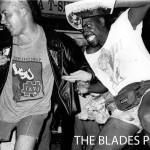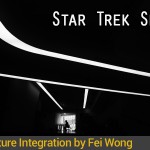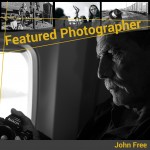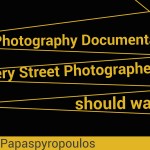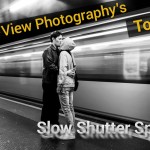Street photography V | Virtual Photography
Street Photography V | Virtual Photography
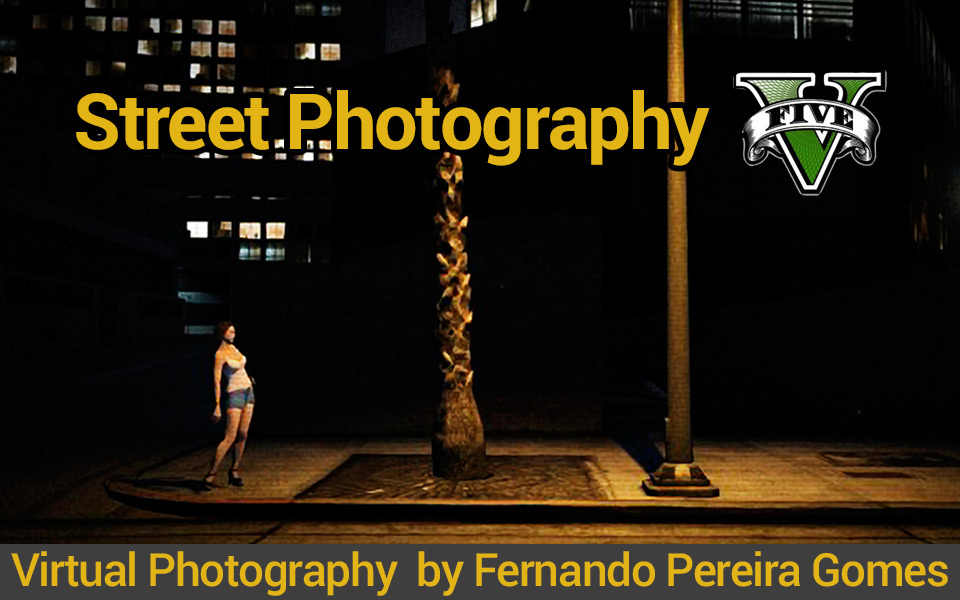
In September, 2013, the video game, Grand Theft Auto V, was released after more than 5 years in the making. It was also the most expensive game ever made, and went on to make $800 million within the first 24 hours of sales.
Being a fan of GTA, I went to the midnight launch and played the night away. As I played, I noticed that the characters had cameras on their phones, which could be uploaded to Rockstar’s Social Club under my username, ArtCows, and from there, I could save them to my computer. With this new tool, and the huge world of Los Santos, I started experimenting with the camera and the digital streets.
What I then found was remarkable. The game is so realistic that it felt like being in the streets outside, running around for shots, anticipating passersby’s movements and reactions. Despite merely being present in a binary sense, the experience felt eerily realistic. In a way, it was also incredibly frightening that these algorithms could look so real, or is it that we ourselves are becoming ever more algorithmic?
As much as we find ourselves in a post-modern era of photography, it is also extremely important to note the fact that we are also within the realms of post-photography. In a short essay, Martin Irvine shed light on this matter by describing a photograph not as an object, but as an idea; it doesn’t necessarily need to involve a camera. Similarly, with the Digital taking over our lives, an experience begins to be independent of physical presence. Ultimately, these photographs aim to question the definition of reality within an increasingly virtual world.
1. La Puerta Freeway – This was one of the first images I took in the game, and it was just a reaction. I was walking underneath the freeway and I noticed the light, shadows, and the person walking towards me. I managed to pull out the camera in time and take the photo, but I didn’t have too much time to think about the framing, it was more instinctual.
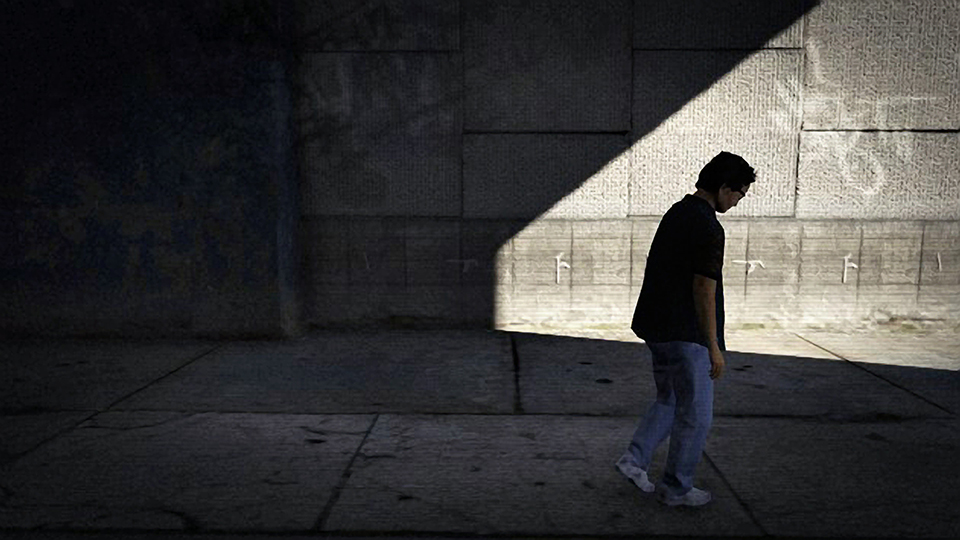
2. Palomino Avenue – Here I wanted to try a composition with a few more layers, so I waited for the people to get the right distance apart and then I took it.
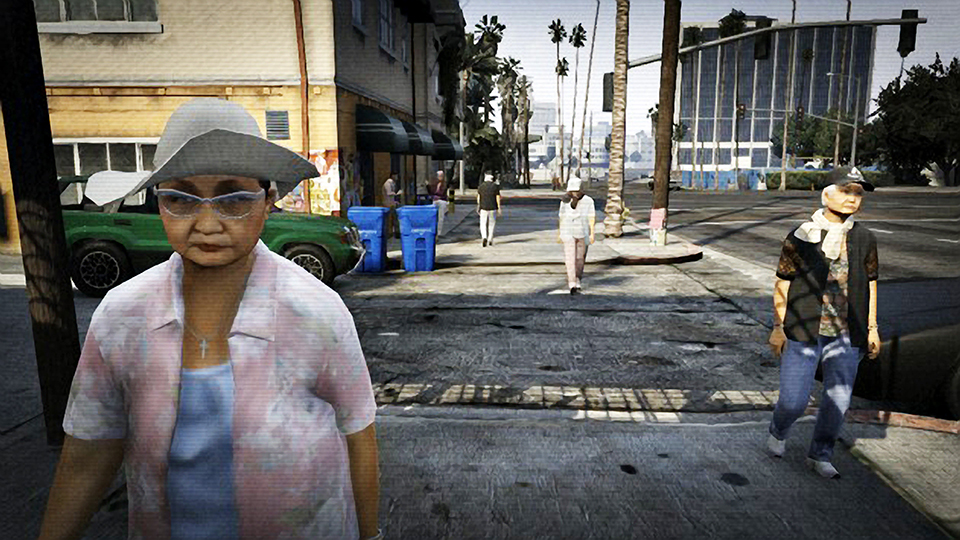
3. Nikola Avenue – I happened upon this scene and thought it was very interesting to see this beaten down side of a city, even in a virtual world.
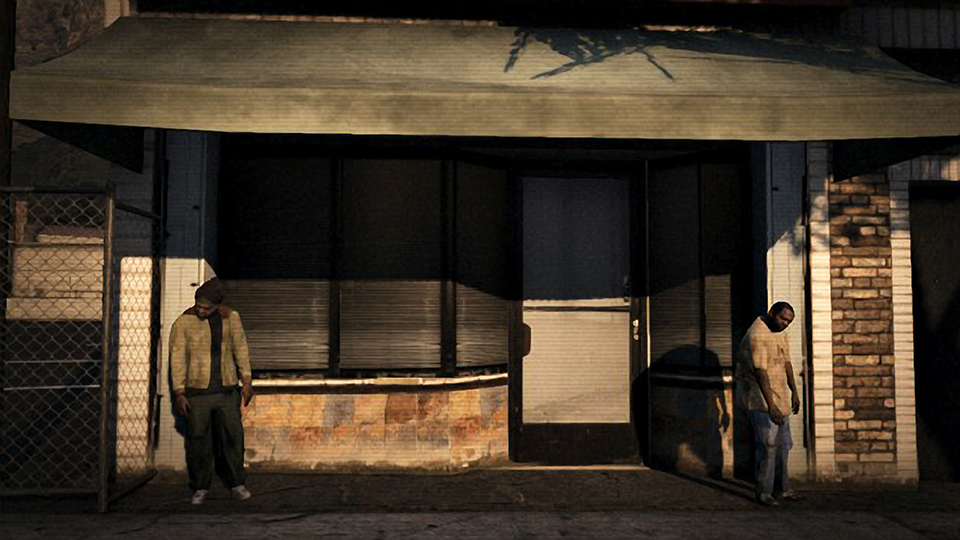
4. Abe Milton Parkway – This photo gave me the chills because the pedestrian recognized my presence and made eye-contact with the camera – something that often happens in real life.
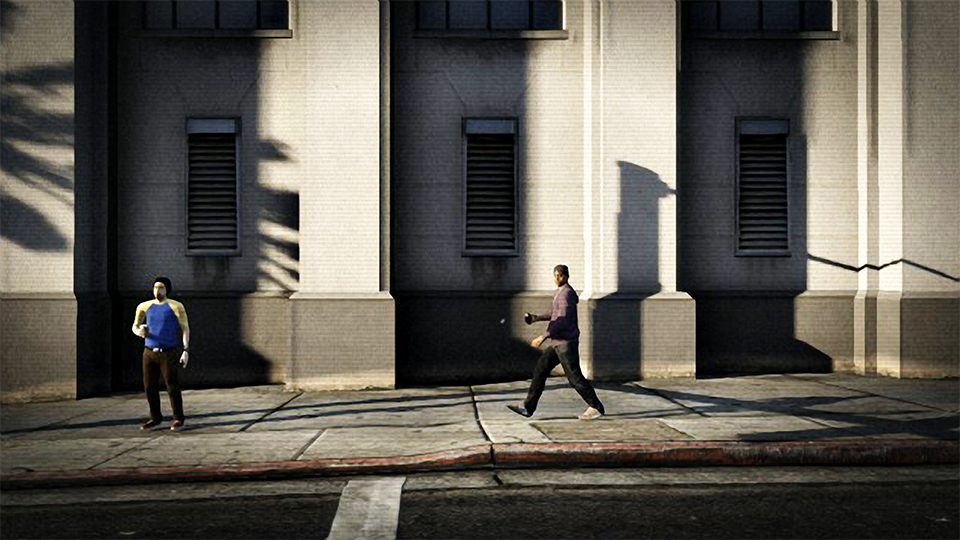
5. Marathon Avenue – In this photo, I really liked how the light post, the tree, and the woman, formed a repetition in an interesting composition. The single light from above also added to that effect.
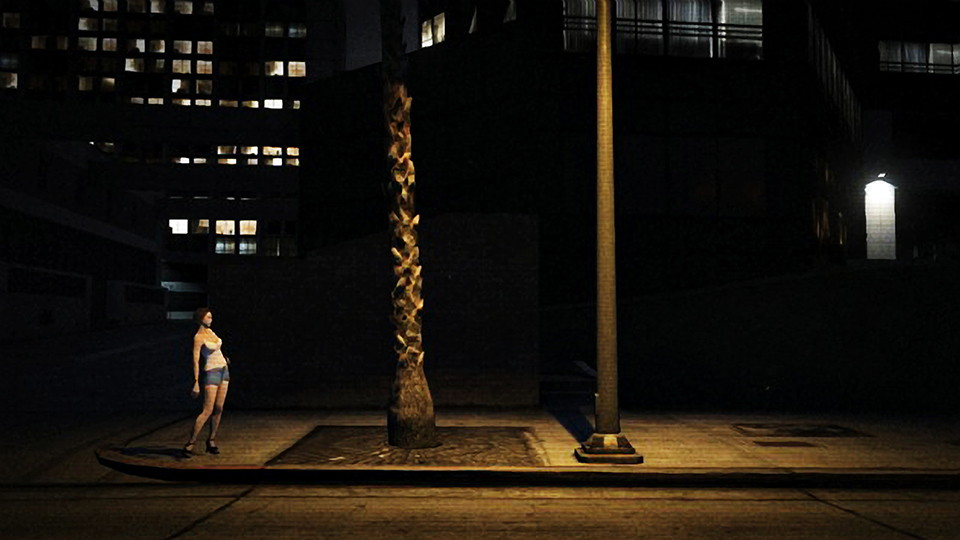
6. Vinewood Boulevard – I took this photo because it had just rained, so the reflection in the wet pavement looked very realistic. Also, the man walking down had a somewhat of a melancholic posture, which brought emotion into the image.
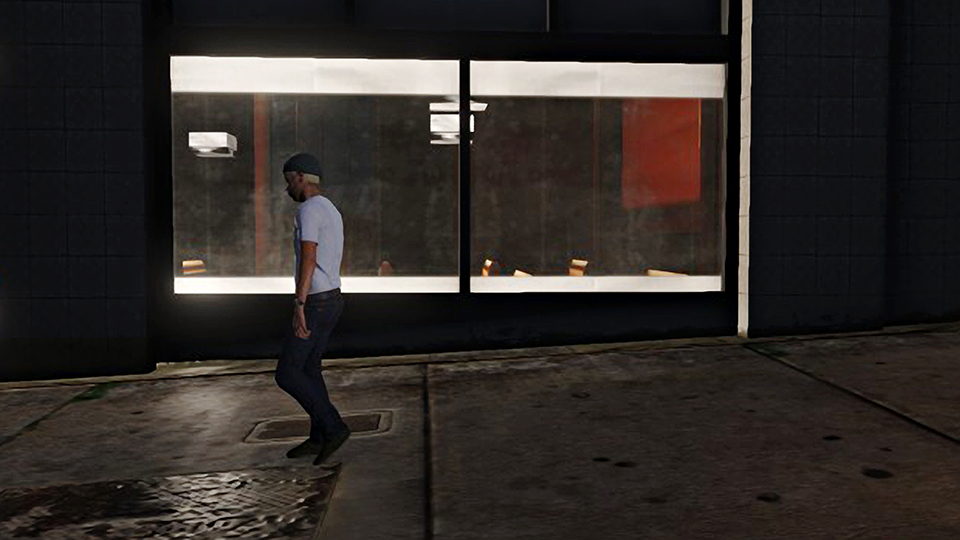
7. Elgin Avenue – Similar to the previous one, the light in this was very beautiful and it was contrasted by this hunched over, sad-looking person.
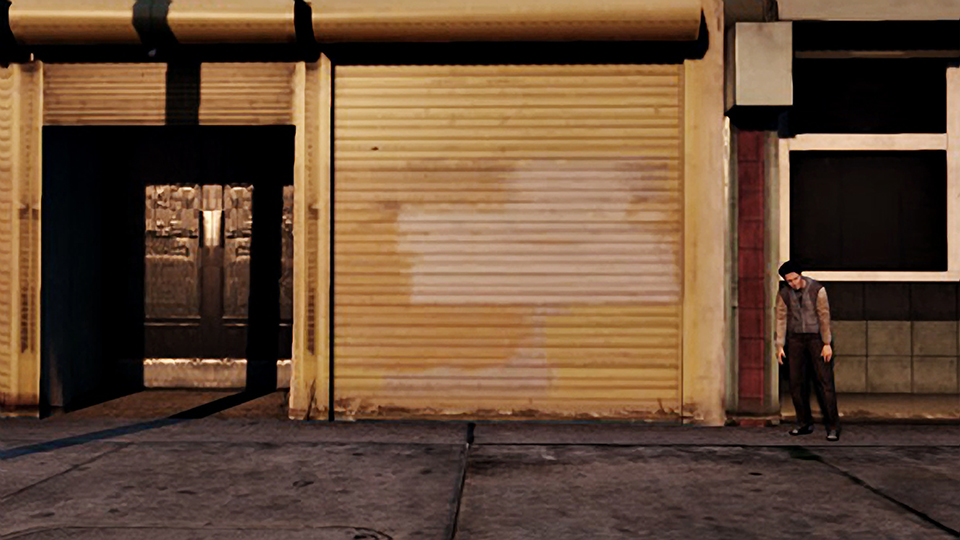
8. Underpass – I was very interested in the composition formed by the two pillars behind, and the prostitute’s actions gave a strong sense of despair.
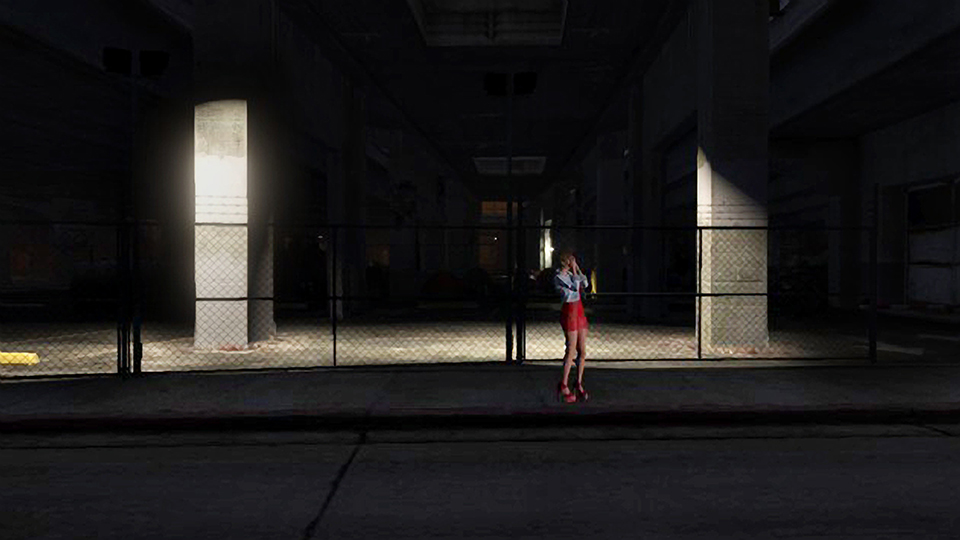
9. Alta Street – Here I was very interested in the relationship between the man and the woman, but then I really liked the added shadow of the virtual photographer.
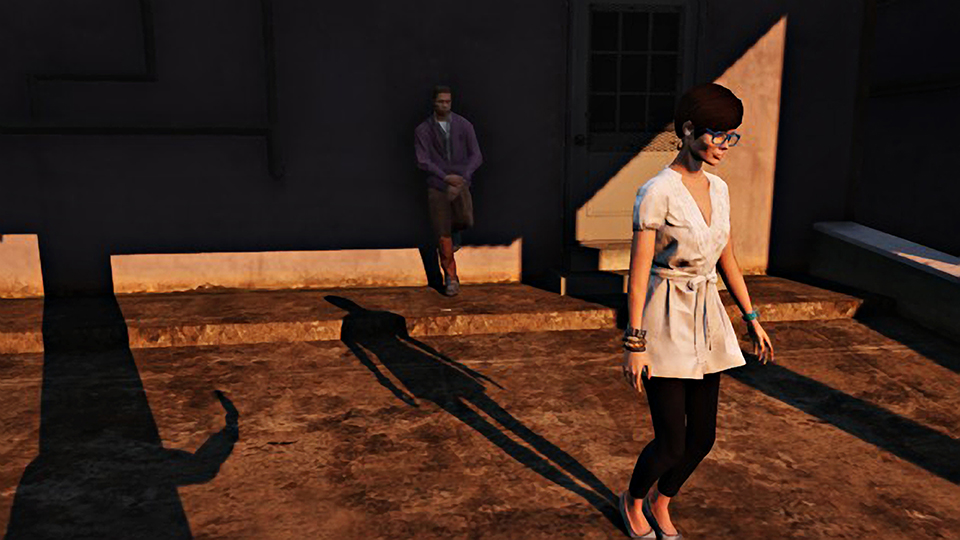
10. Integrity Way – I took this one because of the graphic qualities of the light and shadow which resembled a lot of my previous work.
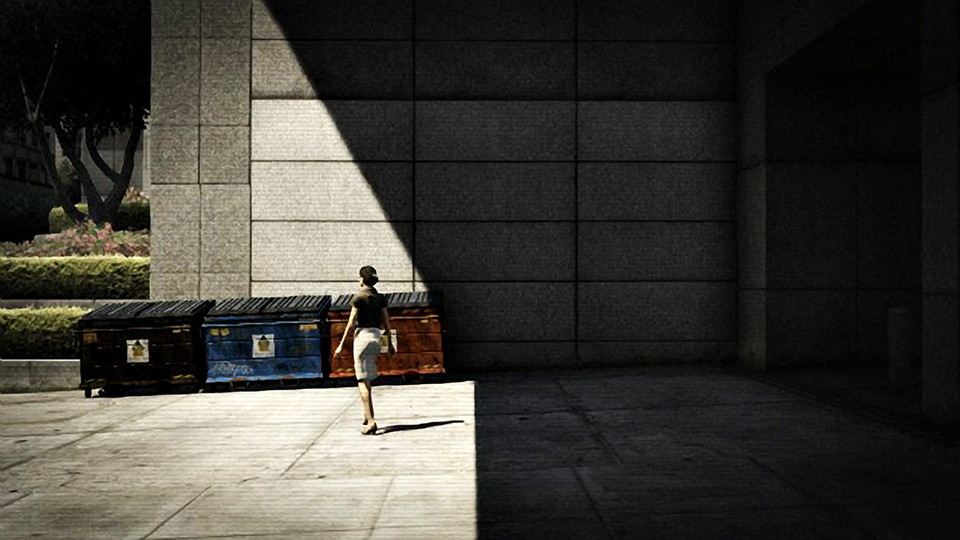
Take a look at Fernando Pereira Gomes’ Street Photography V to find more virtual photography of Los Santos.
and let us know what you think about this creative approach of taking picture where there is no light nor matter but only the power of thought.

 Follow
Follow
